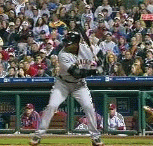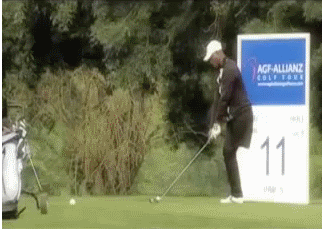That clip was shown here in the past. He danced around that clip and never really explained it. How can u push/block/push with one leg? He used scientific words if I remember correctly. Still didnt explain it layman terms for dads and their dd's.
OK, I'll make it simple. The one-legged guy rotates, just like every MLB hitter rotates except that most MLB guys have two legs to use to get max rotation.
I didn't dance around anything, you just can't comprehend the science.












